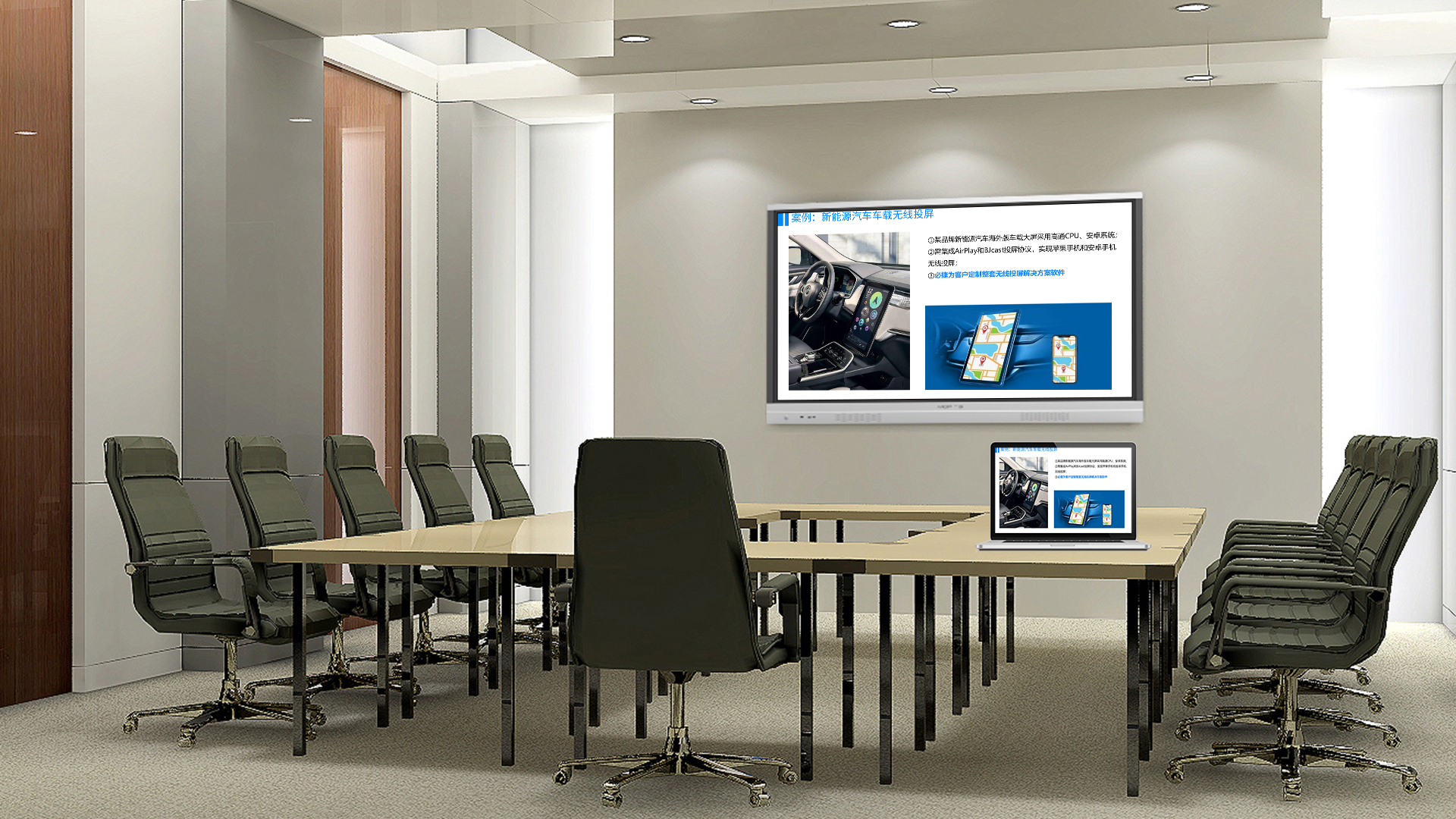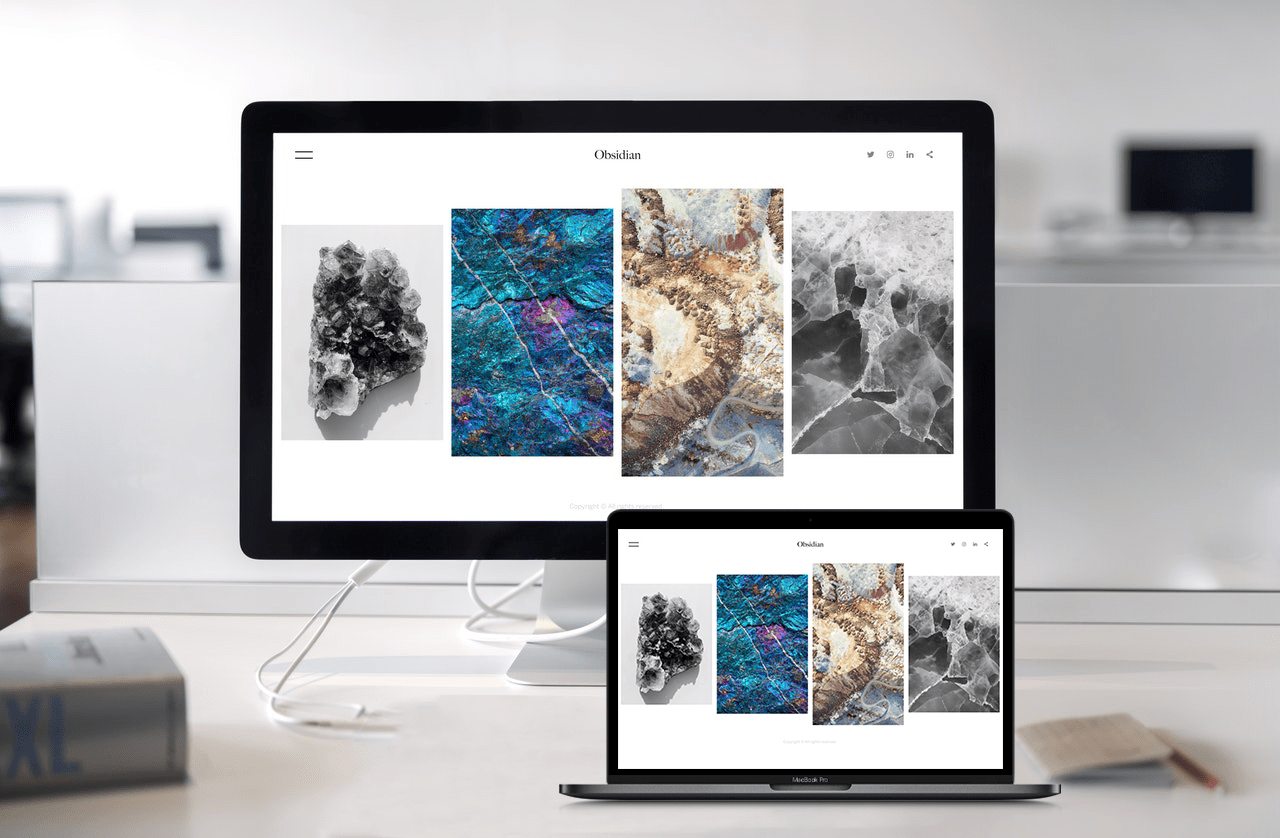Meeting Screen Mirroring: Use This for Smooth, Lag-Free Presentations
Struggling with meeting screen mirroring headaches like “time-consuming wiring, device incompatibility, or mid-meeting disconnections”? This screen mirroring device solves them effortlessly! Compatible with computers, smartphones, and tablets, it supports one-click wireless mirroring and covers scenarios such as business presentations, client communications, and cross-departmental collaboration. It transforms meetings from “delayed by device setup” to “efficient and focused on priorities”—even beginners can master it in seconds.
20-Second Quick Connection: No Rush Before Meetings
Zero technical expertise required—attendees can use it without prior learning:
- Plug-and-Ready Setup: Connect the screen mirroring receiver to the meeting screen/projector and power it on. The large screen will automatically display a unique device name (e.g., “3rd Floor Meeting Room Mirroring,” “Client Meeting Screen”). Plug the transmitter into the speaker’s computer USB port; for smartphones/tablets, simply connect to the meeting WiFi—no drivers or apps needed.
- One-Click Mirroring Activation: For Windows PCs, click “Project” in the taskbar and select the device; for Macs, click “Screen Mirroring”; for smartphones, pull down the control center and select the corresponding device name. Connection is completed in 1-2 seconds with real-time screen synchronization. Arrive 5 minutes early, and you’ll have the device ready—no more anxiety about “failed connections.”
Core Advantages: More Reliable Meeting Screen Mirroring
Full Device Compatibility: No Need to Hunt for Adapters
- Works with all systems (Windows, macOS, iOS, Android) and supports over 98% of devices from brands like Lenovo, HP, Apple, and Huawei—including clients’ personal devices and the company’s older laptops. No need to search for adapter cables or borrow converters, eliminating the awkwardness of “device mismatch” and enabling seamless cross-brand device sharing.
- Supports multiple protocols (Miracast, AirPlay, DLNA). PCs use native mirroring functions, while smartphones use mirror mode. Switch protocols as needed to match attendees’ usage habits, ensuring smooth turn-by-turn presentations without repeated settings adjustments.
HD Stable Transmission: No Glitches in Critical Moments
- 1080P full HD output: Text edges stay sharp and data details remain visible when mirroring PPTs, Excel charts, or 3D product models—even for attendees in the back row. Supports smooth 4K video playback, delivering true-to-life colors for product promotion videos to enhance the client’s visual experience and boost professionalism.
- Dual-band (2.4GHz+5.8GHz) transmission resists interference: Maintains stable mirroring even in meeting rooms with dense networks and multiple connected devices. Latency as low as 15ms ensures no lag when flipping pages or switching content; automatic reconnection after disconnections prevents interruptions in important presentations or contract-signing meetings, avoiding rhythm disruptions from technical issues.
Privacy & Security: Worry-Free Presentations
- “Window Mirroring” support: PCs only mirror specified windows (e.g., PPTs, project documents), hiding private content like desktop WeChat messages, file lists, and browser tabs. This avoids awkward moments in front of clients and protects internal corporate data.
- Permission control to prevent interference: Enable “Host Mode” to let only the speaker switch mirroring devices and control presentation flow, preventing accidental interruptions from attendees’ misoperations. Mirroring content is encrypted during transmission, ensuring no leaks of sensitive information like client proposals or quotes—backed by enterprise-grade security.

Full-Scenario Application: Double Meeting Efficiency
Business Presentations: Enhance Professionalism
- When sales teams demo proposals to clients: Mirror PPTs from PCs to the meeting screen, and use the device’s “laser pointer” and “annotation” features to remotely highlight key data and mark core advantages. If clients suggest revisions, take photos of handwritten drafts with smartphones and mirror them directly for real-time discussion—no repeated USB drive plugging/unplugging, keeping the presentation flow smooth.
- During executive reports: Mirror financial statements and project progress charts to the large screen, and use the “local zoom” function to let remote attendees clearly view key data (e.g., growth rates, cost ratios). This avoids misunderstandings from blurry visuals and speeds up decision-making communication.
Client Communications: Streamline Collaboration
- When introducing products to clients: Mirror 3D models from PCs to the meeting screen, and drag/rotate them in real time to showcase internal structures and core components. Take on-site photos of product details (e.g., material texture, craftsmanship) with smartphones and mirror them with one click to compare design vs. physical products. This helps clients understand better and reduces communication costs.
- Before signing contracts: Mirror contract documents from tablets to the large screen. Both parties use the device’s “annotation” feature to mark key clauses (e.g., delivery time, payment terms), and the annotated version is saved directly after confirmation—no printing, revising, or repeated circulation. This cuts the signing process time by 50% and improves client satisfaction.
Cross-Departmental Collaboration: Focused Discussions
- In cross-departmental meetings (marketing, R&D, operations): Teams take turns mirroring from their PCs—marketing shares promotion plans, R&D presents technical feasibility reports, and operations shows supporting data. Switching takes just 1 second, no adapter grabbing or cable swapping—avoiding discussion delays from device connection issues.
- When resolving disagreements: The host uses a tablet to mark “to-be-confirmed” content on the large screen. Departments add opinions in real time for quick idea integration. Three sets of proposals can be discussed in 1 hour—40% more efficient than traditional meetings—shortening the decision-making cycle.
Practical Details: Worry-Free Corporate Use
- Portable & Compact: The device is palm-sized and weighs less than 40g. Sales staff can tuck it into laptop bags for business trips, setting up mirroring scenarios anytime in clients’ offices or off-site exhibitions—plug-and-play, no heavy equipment to carry.
- Bulk Management: Enterprises can uniformly set device names (e.g., “Sales Dept. Meeting Room 1,” “R&D Dept. Discussion Screen”) and control mirroring permissions via a backend. New employees can master it easily, reducing IT maintenance costs—no need to debug devices one by one.
- Durable & Stable: The wear-resistant, drop-proof casing supports 24/7 continuous use, handling large-scale meetings and long training sessions. With a long service life, it’s more cost-effective for long-term use, lowering corporate procurement costs.
Whether for internal reports, client communications, or cross-departmental collaboration, this screen mirroring device eliminates tangled cables and device compatibility issues. It makes every meeting efficient, smooth, and professional—truly focusing on core topics and helping enterprises boost communication efficiency.
